MELeaf: A Newsletter from the Horticulture Program, December 22, 2021
In this issue:
As the yearend approaches here is a look back at some of the pest issues and projects the Horticulture Program worked on in 2021.
Beech Leaf Disease
Beech leaf disease (BLD) has caused beech mortality from Ohio to Southern New England and was identified for the first time in Maine in June 2021. BLD was confirmed by the Maine Forest Service in leaf samples from Lincolnville and symptoms were subsequently observed in Waldo, Knox and Lincoln Counties. BLD can occur on both American and European beeches. Symptoms are observed on foliage and best seen by looking up through the leaves. Look for:
- Dark bands between the veins of leaves
- Curled, deformed and shriveled leaves
- Trees with a thin canopy
While the Horticulture Program did not observe any BLD symptoms in nurseries, our colleagues in Connecticut identified BLD on nursery plants that had been shipped in from Ohio. We encourage all nursery and garden centers to carefully inspect plants next spring for symptoms and report any suspicious plants by emailing pictures to horticulture@maine.gov. More Information from NY State Including Look-a-likes
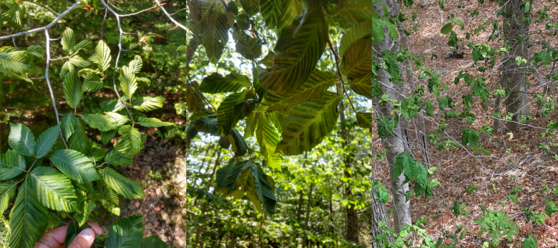 Beech leaf disease symptoms
Spotted Lanternfly
No spotted lanternfly (SLF) were identified during follow-up surveys at sites in Freeport and Yarmouth that had previously received potentially infested trees in 2020. Spotted lanternfly continues to creep closer to Maine with a population identified in Fitchburg, MA. SLF damages a wide range of plants including apple, grape and maple. Learn more about spotted lanternfly
 Spotted lanternfly life stages
Invasive Plant List Review
A Terrestrial Invasive Plant Stakeholder Committee was convened in 2021 to begin the process of reviewing the list of invasive plants that are prohibited from sale. This process will extend into 2022. The committee is continuing to consider 63 plants for addition to the list. Once the committee has a finalized recommended list, the Horticulture Program will publish proposed rule changes. The rule making process allows for public comment on additions to the list and any proposed changes to the rule language. The proposed rule changes are likely to include adding a significant number of plants to the prohibited plants list. It is essential that when the rule is published that plant sellers participate by submitting comments to share how any proposed rule changes will affect you and your business. More information on Invasive Terrestrial Plants in Maine
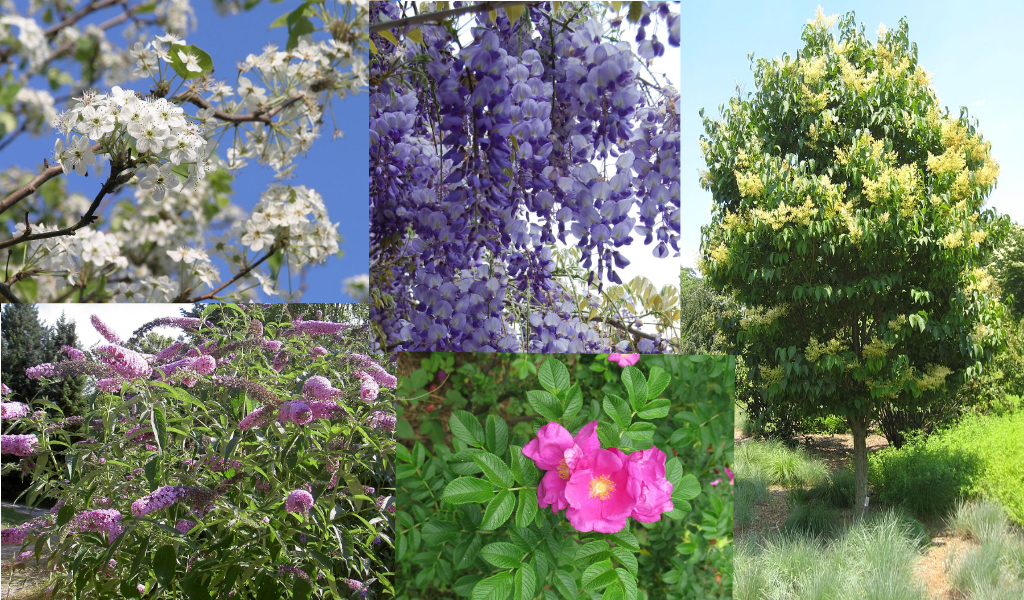 Some plants that could be added to the prohibited plant list (clockwise from top left): callery pear, wisteria, Japanese tree lilac, rugosa rose and butterfly bush
Browntail Moth
Parts of Maine experienced high populations of browntail moth this year and Horticulture Program staff received reports in the summer of adult browntail moths attracted to outdoor lights at some nurseries and garden centers. While it is generally the males that are attracted to lights, females tend to land on plant material in the surrounding area and lay eggs. If egg masses are laid on nursery stock, infestations of browntail moth could move to new locations when plants are sold. Help reduce the browntail moth populations around your nursery by clipping overwintering webs from now until April. Find more information about browntail moth and its control on the Maine Forest Service website and see the July 14, 2021 issue of the MELeaf for actions that can be taken during next growing season.
 Left: Browntail moth adults clustered on a potted daylily (Auburn Conservation Commission). Browntail moth does not feed on daylilys, but the moths were likely attracted to the area by outdoor lighting. Right: Female browntail moths laying eggs.
Emerald Ash Borer
Maine’s emerald ash borer (EAB) quarantine was updated this year in response to federal deregulation of EAB. The updated quarantine regulates the movement of all ash plant parts out of EAB infested areas both within Maine and in other states. In addition, the Maine Forest Service issued an Emergency Order in August to prevent the movement of ash from newly discovered infested areas in Oxford County. More information on EAB in Maine
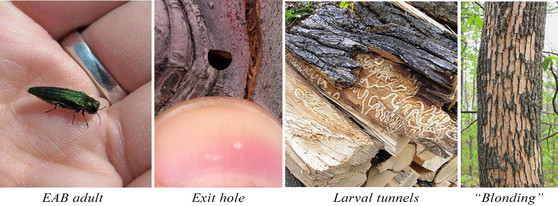 Emerald ash borer and symptoms of EAB
Zebra Mussels and Marimo Moss Balls
In early March we were notified that zebra mussels, a small invasive freshwater shellfish, were found in marimo moss balls that were sold across the country. Marimo moss balls are a type of algae that are sold as aquarium decorations or occasionally as terrarium or house plants. There are no known infestation of zebra mussels in Maine and if established here they could cause significant damage by disrupting the food web, altering the chemistry of our water and damaging water intake and drainage systems by clogging pipes. Immature zebra mussels are microscopic and could be moved to new waterways by the improper disposal of the infested marimo moss balls and contaminated aquarium contents including, water plants and other decorations. Those in possession of potentially contaminated materials were advised on proper disposal to protect Maine' environment. More information from the April 28 issue of the MELeaf
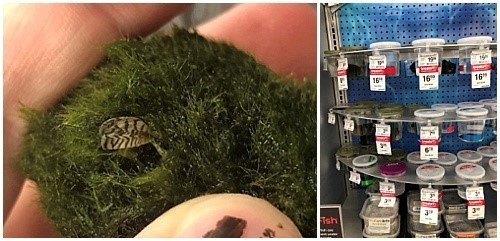 Marimo moss balls infested with zebra mussels
Invasive Stiltgrass Video
This fall, the Horticulture Program and the Maine Natural Areas Program (MNAP) released a short video about invasive stiltgrass and how to identify it. Stiltgrass is known to spread to new areas on nursery stock; it is important that all nursery professionals be familiar with this plant to prevent its spread. Check out the video and do your part to help protect Maine's forests.
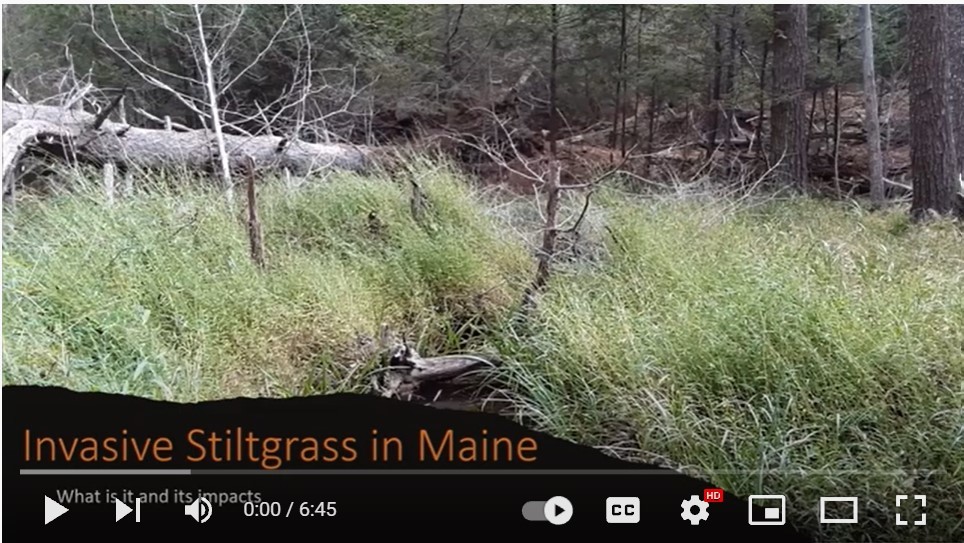
The new year offers many opportunities to learn something new in horticulture. Here are a few of the educational opportunities that you can take advantage of in 2022.
In Person
Virtual
On Demand
Other Links of Interest
|